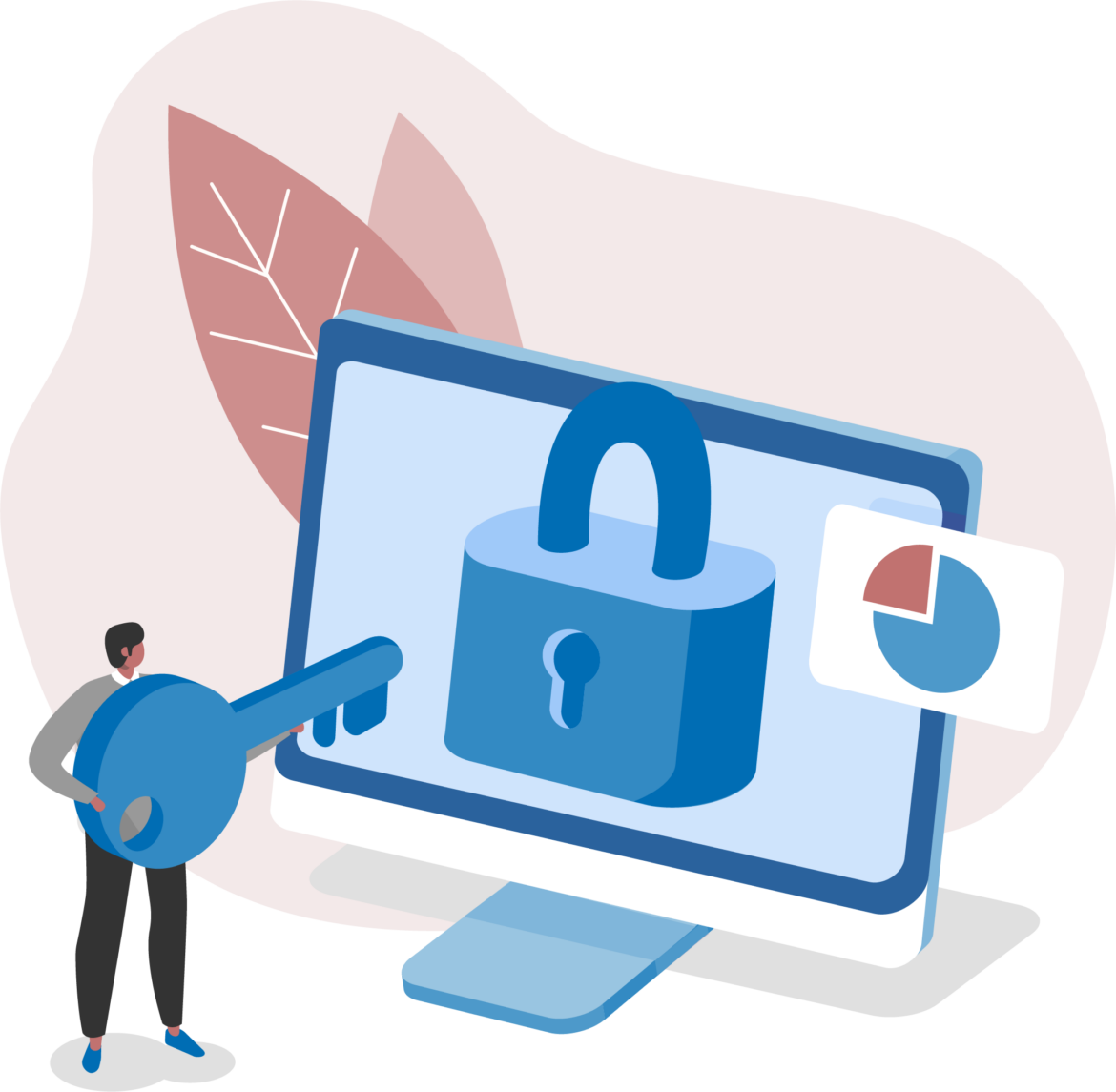
When monitoring for both intrusion and security events between multiple computers, it is essential that the computers‟ clocks are synchronize D. Synchronized time allows an administrator to reconstruct what took place during an attack against multiple computers. Without synchronized time, it is very difficult to determine exactly when specific events took place, and how events interlace. What is the name of the service used to synchronize time among multiple computers?
In what way do the procedures for dealing with evidence in a criminal case differ from the procedures for dealing with evidence in a civil case?
While working for a prosecutor, What do you think you should do if the evidence you found appears to be exculpatory and is not being released to the defense ?
Lance wants to place a honeypot on his network. Which of the following would be your recommendations?
It takes _____________ mismanaged case/s to ruin your professional reputation as a computer forensics examiner?
The offset in a hexadecimal code is:
When examining the log files from a Windows IIS Web Server, how often is a new log file created?
When investigating a potential e-mail crime, what is your first step in the investigation?
You are assigned to work in the computer forensics lab of a state police agency. While working on a high profile criminal case, you have followed every applicable procedure, however your boss is still concerned that the defense attorney might question weather evidence has been changed while at the laB. What can you do to prove that the evidence is the same as it was when it first entered the lab?
The following excerpt is taken from a honeypot log. The log captures activities across three days. There are several intrusion attempts; however, a few are successful. (Note: The objective of this question is to test whether the student can read basic information from log entries and interpret the nature of attack.) Apr 24 14:46:46 [4663]: spp_portscan: portscan detected from 194.222.156.169 Apr 24 14:46:46 [4663]: IDS27/FIN Scan: 194.222.156.169:56693 -> 172.16.1.107:482 Apr 24 18:01:05 [4663]: IDS/DNS-version-query: 212.244.97.121:3485 -> 172.16.1.107:53 Apr 24 19:04:01 [4663]: IDS213/ftp-passwd-retrieval: 194.222.156.169:1425 -> 172.16.1.107:21 Apr 25 08:02:41 [5875]: spp_portscan: PORTSCAN DETECTED from 24.9.255.53 Apr 25 02:08:07 [5875]: IDS277/DNS-version-query: 63.226.81.13:4499 -> 172.16.1.107:53 Apr 25 02:08:07 [5875]: IDS277/DNS-version-query: 63.226.81.13:4630 -> 172.16.1.101:53 Apr 25 02:38:17 [5875]: IDS/RPC-rpcinfo-query: 212.251.1.94:642 -> 172.16.1.107:111 Apr 25 19:37:32 [5875]: IDS230/web-cgi-space-wildcard: 198.173.35.164:4221 -> 172.16.1.107:80 Apr 26 05:45:12 [6283]: IDS212/dns-zone-transfer: 38.31.107.87:2291 -> 172.16.1.101:53 Apr 26 06:43:05 [6283]: IDS181/nops-x86: 63.226.81.13:1351 -> 172.16.1.107:53 Apr 26 06:44:25 victim7 PAM_pwdb[12509]: (login) session opened for user simple by (uid=0) Apr 26 06:44:36 victim7 PAM_pwdb[12521]: (su) session opened for user simon by simple(uid=506) Apr 26 06:45:34 [6283]: IDS175/socks-probe: 24.112.167.35:20 -> 172.16.1.107:1080 Apr 26 06:52:10 [6283]: IDS127/telnet-login-incorrect: 172.16.1.107:23 -> 213.28.22.189:4558 From the options given below choose the one which best interprets the following entry: Apr 26 06:43:05 [6283]: IDS181/nops-x86: 63.226.81.13:1351 -> 172.16.1.107:53
|
PDF + Testing Engine
|
|---|
|
$49.5 |
|
Testing Engine
|
|---|
|
$37.5 |
|
PDF (Q&A)
|
|---|
|
$31.5 |
ECCouncil Free Exams |
|---|

|